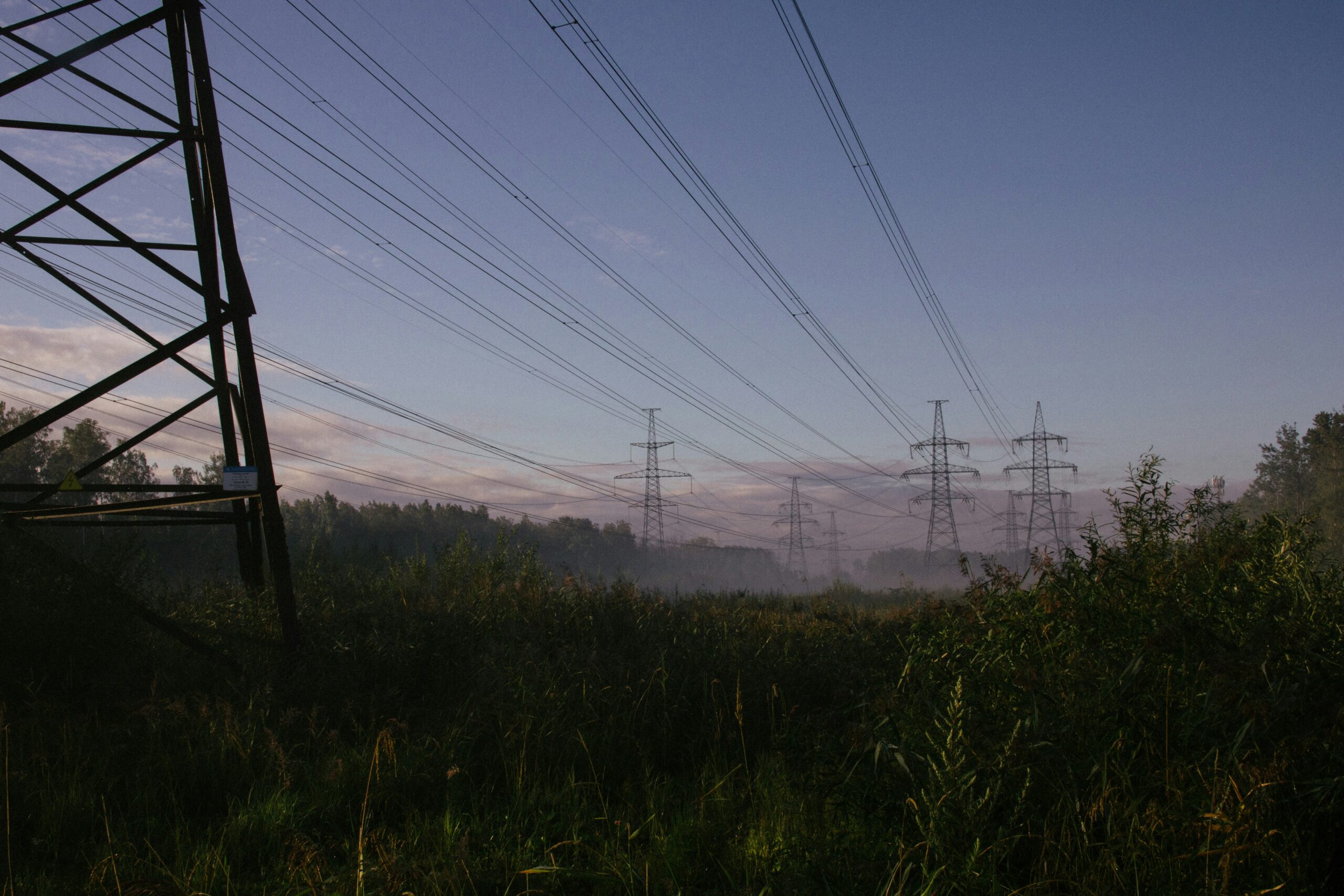overview
About Hawthorn Pit Green Energy Park
Hawthorn Pit Green Energy Park will be a significant electrical infrastructure project sited across three agricultural fields on land 800 metres north of Wheatley Hill. Around one-third of the site will be developed, while the remaining area will be given over to a variety of biodiversity enhancements.
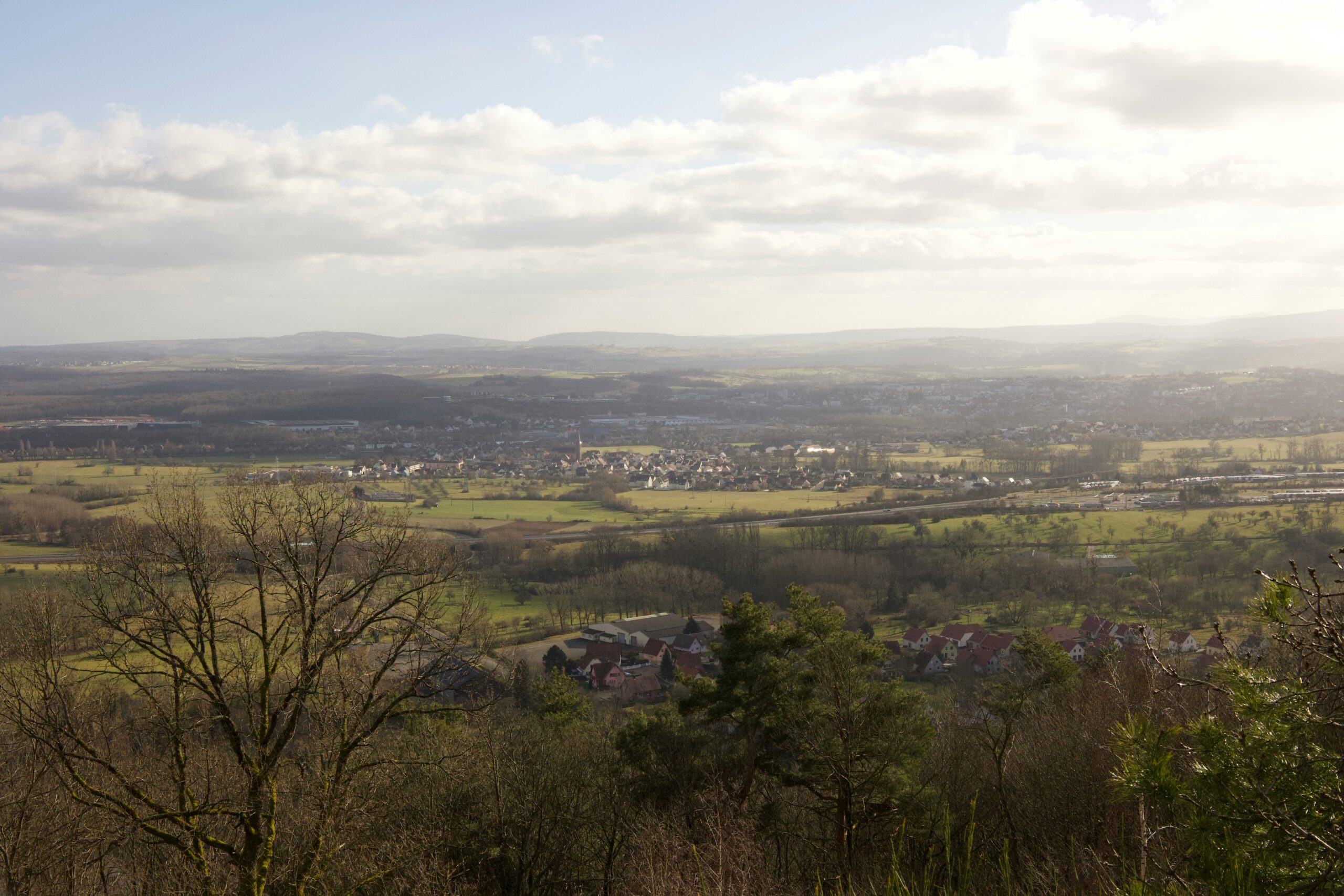
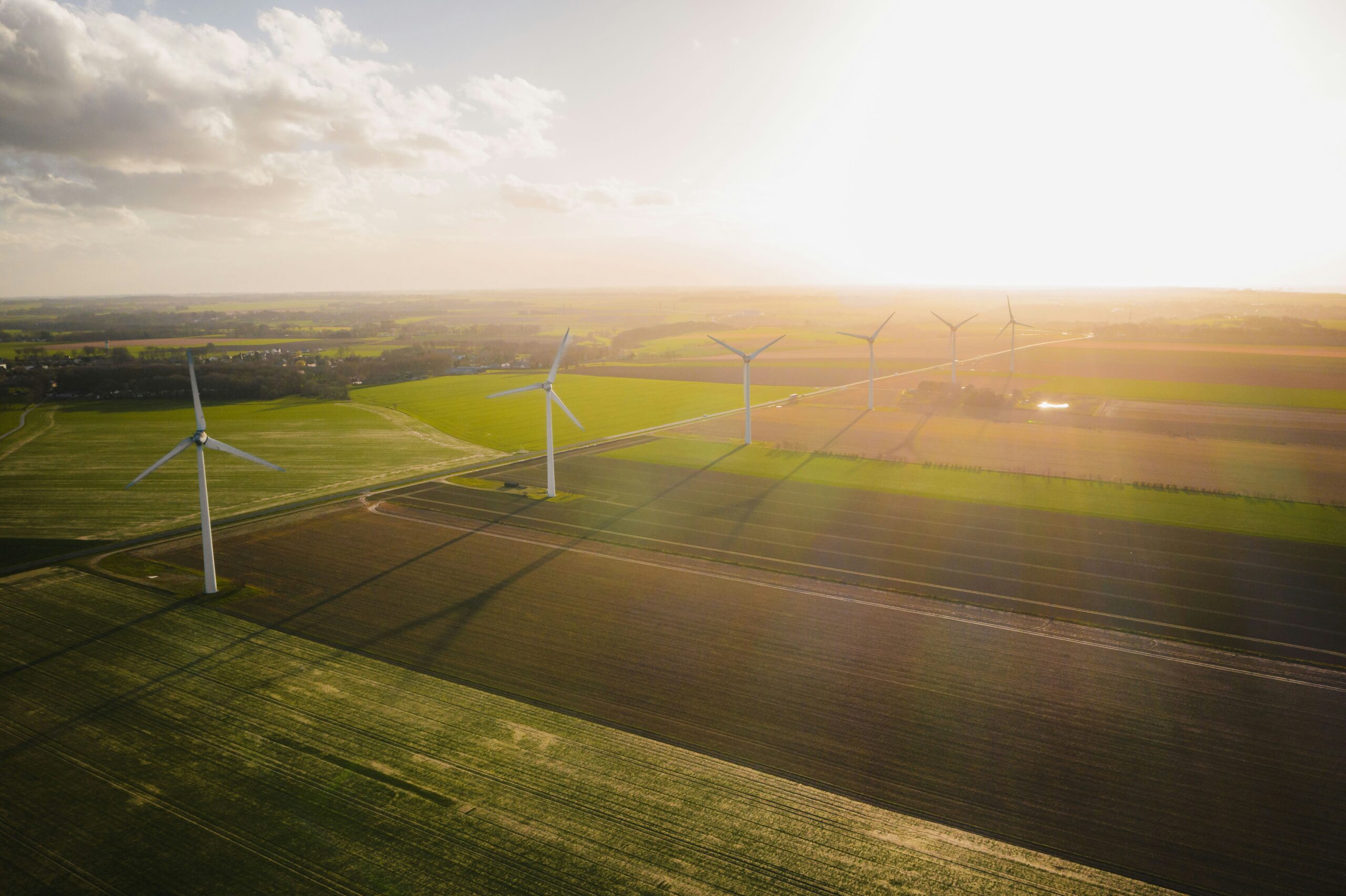
September 2025
Planning application submitted
The planning application has now been submitted to Durham County Council for consideration. The Planning Application can be found via the Council’s planning page using the reference DM/25/02255/FPA.
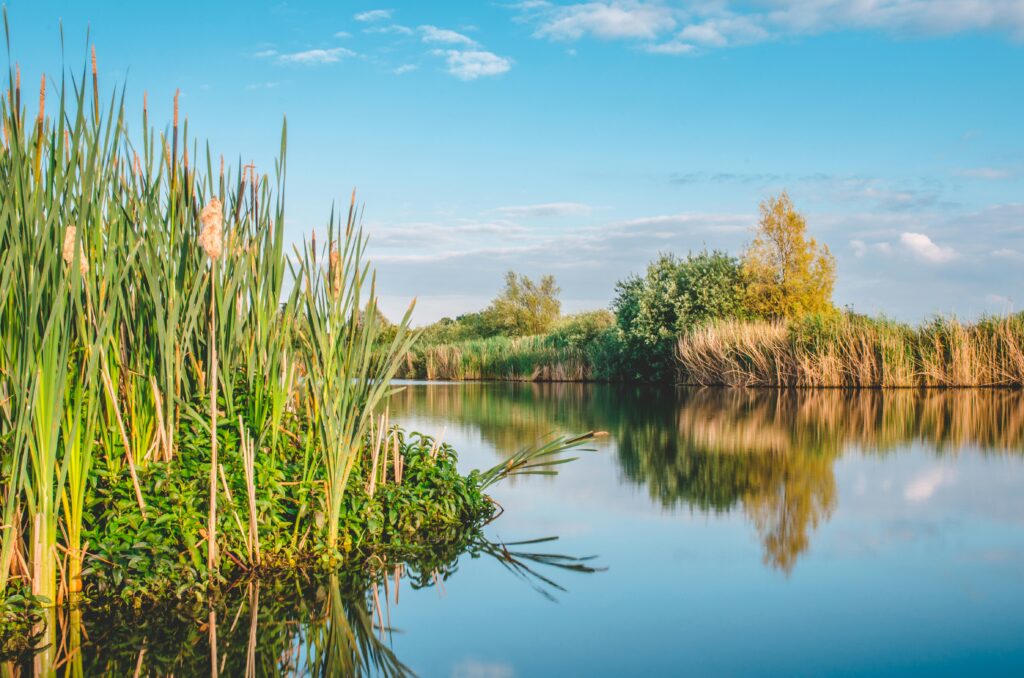
Our commitment to nature
The planning application commits to the enhancement of over 16ha of grassland to provide biodiversity enhancements. Supporting this is the planting of trees and the enhancement of existing hedgerows throughout the site.
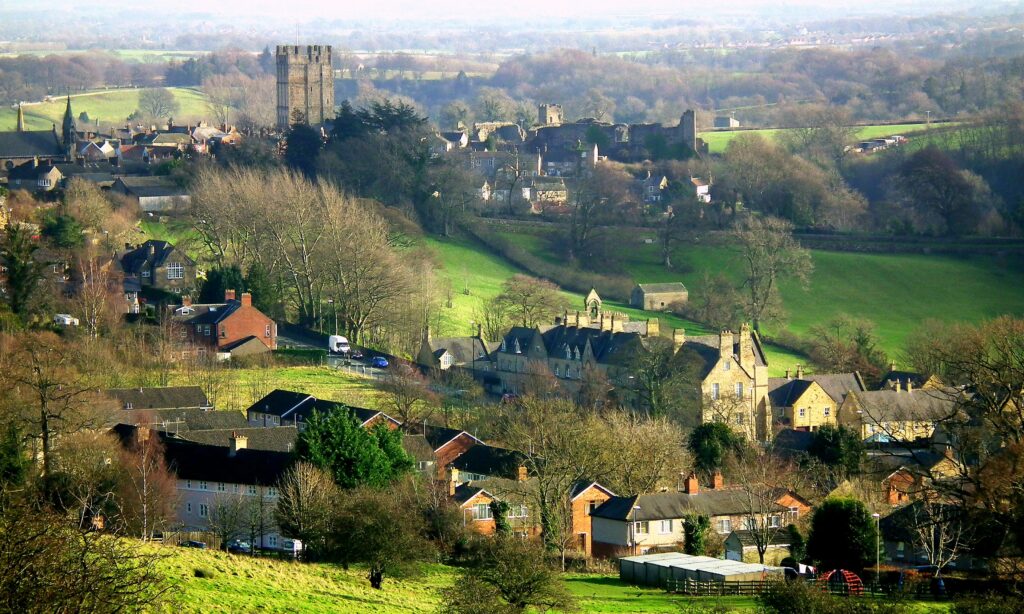
Our commitment to communities
We are committed to supporting local communities with their green transition and have established our Community Energy Transition Foundation. We expect this project, if approved, to contribute up to £1 million each year for 40 years.
The Foundation can provide substantial financial support to individuals, businesses, charities and community groups to promote sustainable communities and provide a financial stimulus for the green transition in the local area. The Foundation will consider all applications, but preference will always be given to those in the locality.
The fund could invest in initiatives such as:
FAQs
Hawthorn Pit Green Energy Park is a proposed Battery Energy Storage System (BESS). It will store electricity from the grid at times of lower demand and release it back to the grid when it is needed most. It will make an essential contribution to ensuring reliable, secure and affordable electricity for the country as it moves away from using coal and gas for electricity generation.
To help us select the most suitable location for development, we carried out a series of rigorous assessments across numerous and varied potential sites.
This process helped us to filter out unsuitable options and identify those sites that are likely to have the least impact and the most benefit when developed.
We have carefully considered environmental and amenity factors in the surrounding area. We have selected the site due to a number of factors including:
- Environmental factors: the site is away from densely populated areas; there are no historic considerations, no sensitive ecological designations, no heritage assets; the site is the lowest flood risk; the soil is graded 3b and of only moderate quality; the development area of the site is c.450 metres from the closest residential property.
- Site availability: the site is readily available, ensuring there won’t be major delays in starting the project.
The land within the planning application extends to just over 36 hectares or 88 acres. Around one-third of the site will be developed, while the remaining area will be given over to a variety of biodiversity enhancements.
We are long-term partners in our communities – and we look to work with you to bring the benefits of the clean energy transition to the places we operate. That includes designing our projects in a way that is sensitive to the environment and our neighbours – but it also means investing directly into our communities to assist them in becoming the most sustainable in the UK.
- Jobs during construction – we estimate up to 90 full time equivalent jobs during the peak of construction and a further 110 FTE jobs sustained in the supply chain.
Jobs post construction could include:
- 1. Local site access and project track maintenance contractor
- 2. Local groundskeeper
- 3. Operations and maintenance response engineer x 3 (shift workers)
- 4. Site cleaner
- 5. Site manager
- 6. Security officer
- 7. Outdoor education community engagement and wildlife officer
- 8. Maintenance technician X 2
- 9. Community fund manager
- We are committed to supporting our communities through a Community Energy Transition Foundation, which invests in those areas where we have operational sites. The Foundation receives funding from each site, proportionate to its size. We expect this project, if approved, to contribute up yo £1 million each year.
With that funding, the Foundation can then provide substantial financial support to individuals, businesses, charities and community groups to promote sustainable communities and provide a financial stimulus for the green transition in your area. The project, if approved and developed, would reduce the existing water runoff rate by up to 75% which will greatly assist with managing surface water flooding in the local area.
The supporting documentation demonstrates that the site has limited visibility within the surrounding area, with only partial visibility from the settlements of Thornley and Wheatley Hill. There will be no intervisibility with the settlements of Shotton Colliery, Ludworth or Haswell Plough.
The site has been selected in part because it is located within a rural location well removed from residential properties. The site is directly adjacent to a wind turbine, which is a noise generator in its own right.
Our specialist acoustic consultant has undertaken a comprehensive background sound monitoring. The outcome of our noise modelling has shown that no significant adverse noise effects will be created by the proposed development.
While the batteries are silent, the heating, ventilation, and air conditioning system does generate some noise – typically around 65 decibels at a distance of 5 metres. This is about the level of a normal conversation.
The development prioritises protecting the existing trees and hedgerows, together with additional planting, to boost local biodiversity. There will be enhancement of over 16 hectares of improved grassland and the creation of three SuDS ponds which will benefit local wildlife.
Battery storage is safe by design. Given this, the risk of fire is extremely low, though we recognise that it is of the utmost importance to provide reassurance that this has been fully managed.
We will work closely with County Durham and Darlington Fire and Rescue Service, local authority environmental health teams and other statutory bodies to confirm that our proposed designs meet the health and safety requirements set by local and national policy.
In the unlikely event of a fire, it would be contained within individual containers. Our systems have inbuilt monitoring and suppression mechanisms that provide several layers of safety.
An outline Construction Traffic Management Plan has been submitted with the planning application. This plan in conjunction with the outline Construction Environmental Management Plan will managge all traffic moving to and from the site.
A detailed Transport Statement and an Abnormal Indivisible Load Report have been submitted with the planning application. There will be approximately 865 deliveries (equivalent to 1,730 two-way HGV movements) over 18 months. In addition, there will be vehicle movements associated with construction staff, with the workforce expected to peak at around 100 individuals.
Construction vehicles will route from the A19, travelling westbound along the A181. They will then turn right at the Woodlands Avenue junction, proceed northbound, turn left onto the B1279, and continue north along Moor View to access the site.
Access will be taken from an existing agricultural access on Moor View.
An outline Construction Environmental Management Plan has been submitted with the planning application to prevent and control the environmental impact of construction activities on site. Mitigation measures include will be air quality management, dust suppression mitigation, careful selection of plant and machinery amongst other measures.
Email Address
hawthorn.pit.green.bess@natpower.ukPostal Address
FAO Hawthorn Pit Green Energy Park
Level 8, Lily House, 13 Hanover Square, London, W1S 1HN, United Kingdom
Get in touch
"*" indicates required fields
